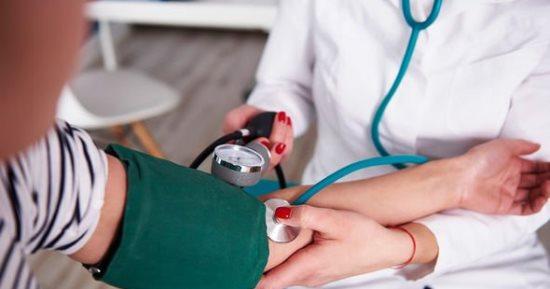Blood pressure is the pressure of blood that rushes against the walls of your arteries. Arteries carry blood from your heart to other parts of your body. Blood pressure naturally rises and falls throughout the day, but it can damage your heart and cause health problems if it stays high. About the normal rate for a long time, and this is called "high blood pressure". In the "Check Yourself" series, we learn about the correct way to measure blood pressure and the factors that may affect its correct measurement.
According to the CDC website, measuring blood pressure is the only way to know if you have high blood pressure or not. High blood pressure usually has no warning signs or symptoms, and many people don't know they have it.
Many things can affect your blood pressure reading, including:

-Anxiety over measuring blood pressure This is called "white coat syndrome" As many as 1 in 3 people who have a high blood pressure reading at the doctor's office may have normal blood pressure readings outside the doctor's office.
- What you ate, drank, or did before your blood pressure reading. If you smoke, drink caffeine, or exercise within 30 minutes of having your blood pressure taken, your reading may be higher.
- The way you sit, crossing one leg over the other and letting your arm hang at your side instead of lying down can raise your blood pressure.
It is important to get an accurate blood pressure reading so that you have a clearer picture of your risk of heart disease and stroke.
A reading that says your blood pressure is lower than it actually is may give you a false sense of security about your health, and a reading that your blood pressure is higher than it actually is may lead to treatment you don't need.
-Do not eat or drink anything 30 minutes before measuring blood pressure.
- Empty your bladder before reading.
- Sit in a comfortable chair with your back supported for at least 5 minutes before reading.
-Put both feet flat on the floor and keep your legs not crossed.
-Make sure the inflatable cuff of the blood pressure monitor is snug on your arm but don't make it too tight, the device should be on your bare skin, not over clothes.